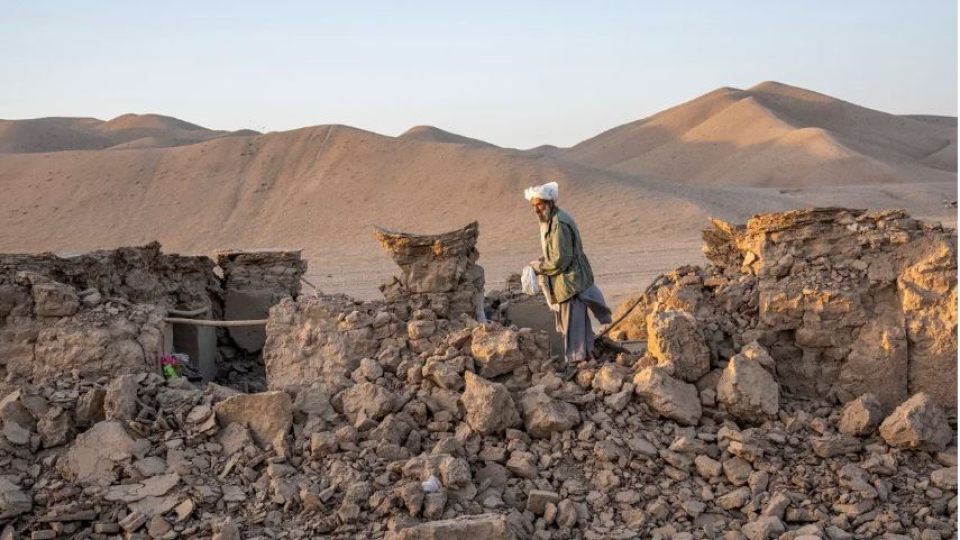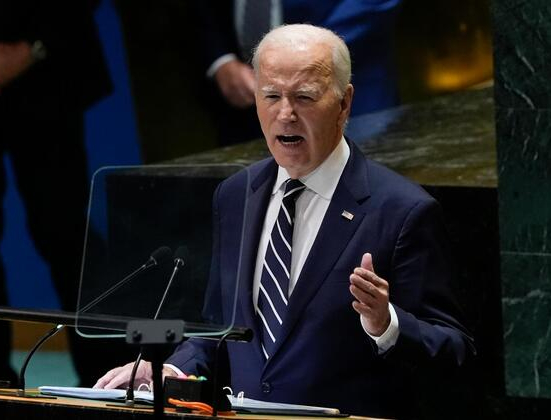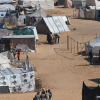In the aftermath of a powerful 6.3 magnitude earthquake that struck Afghanistan on October 7, wreaking havoc on the western Herat province and its third-largest city, the nation faces one of its deadliest natural disasters in years.
Global aid groups and rescue teams warn of an intensifying humanitarian crisis, amplifying the existing challenges posed by conflict and economic collapse. The human toll is anticipated to be staggering, with entire villages, including Zaher’s, obliterated and reduced to rubble. However, the response is hampered by insufficient funding and limited global awareness.
Mawlawi Mutiul Haq Khales of the Afghan Red Crescent Society emphasizes the dire predicament: “The situation in Afghanistan was already extremely dire. People were just starting to recover when another series of massive earthquakes hit us, all within less than a week. On top of that, winter is coming, and there’s an urgent need for shelter, food, and healthcare.”
As winter looms, concerns grow over the colossal task of human recovery. Early assessments indicate the gravity of the damage, yet the full extent remains unrealized. The catastrophic situation, as underscored by Khales, demands unparalleled efforts.
Taliban government officials estimate a grim toll, with over 2,000 casualties reported in Herat province, of which more than 90% are women and children, according to UN agencies and officials on the ground. Afghanistan now finds itself grappling not only with the immediate aftermath of a devastating earthquake but also with the compounding complexities of an ongoing humanitarian struggle.

















